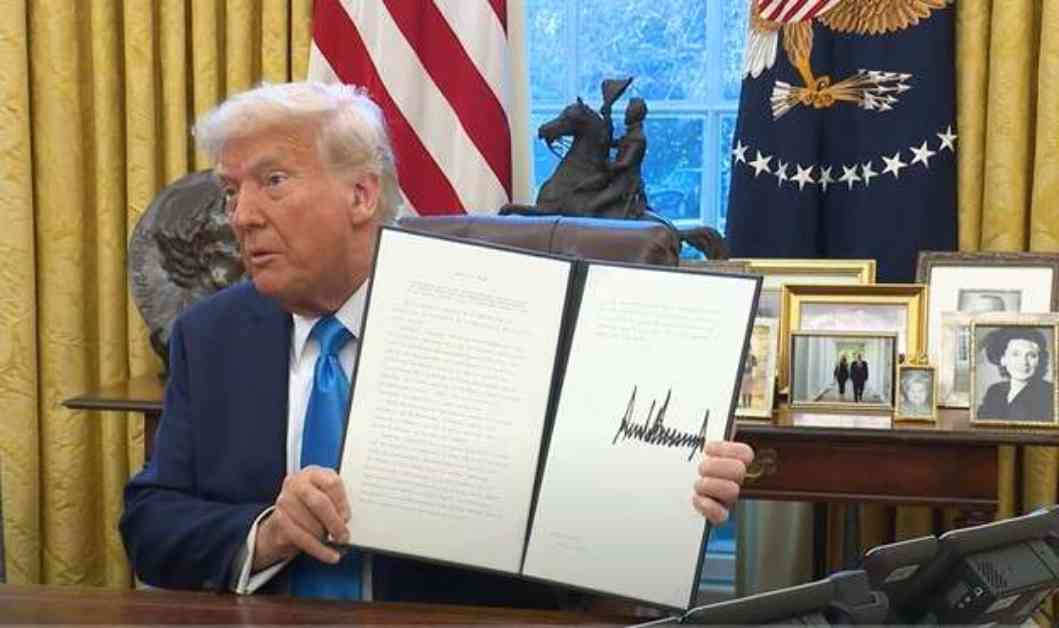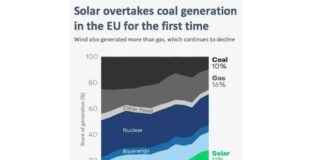Donald Trump’s Climate Politics: A Call for Action
Recent scientific findings have revealed a concerning reality – global temperatures have surpassed 1.5 degrees Celsius above pre-industrial levels for the first time. Dr. James Hansen, a prominent figure in the climate movement, has indicated that the global rise has already reached 2.0 degrees Celsius. The implications of this increase are grave, with scientists warning of the likelihood of frequent multi-billion-dollar weather-related disasters and an accelerated extinction rate of plant and animal species.
Despite years of efforts to promote climate action, there remains a stark divide in political approaches to addressing climate change. The upcoming four years are poised to be a battleground, with the climate collective fighting to preserve federal clean energy, environmental, and climate-related programs from the Trump administration and Republican lawmakers on Capitol Hill. However, the question remains – how can the climate movement win over public opinion and bridge the gap with Republican voters?
Challenges in Messaging and Public Opinion
One of the key hurdles facing the climate collective and the Democratic Party is the struggle to communicate effectively with a significant portion of the American population that supports the Republican party. Jonathan Chait, a writer for The Atlantic, points out that progressive activist groups, including climate organizations, have largely dominated the narrative surrounding climate policy. While these groups play a crucial role in shaping policy discussions, they may not fully resonate with the broader electorate.
Chait’s observations are underscored by a recent poll conducted by The New York Times, which revealed a disconnect between voter priorities and perceived Democratic Party agendas. Respondents cited concerns such as the economy, healthcare, and immigration as top issues, while the Democratic Party’s focus appeared to center around climate change, democracy, and LGBTQ policies. This misalignment highlights a critical need for better communication and messaging strategies within the climate movement.
Trump’s Economic Narrative and Clean Energy Markets
In the realm of climate politics, the influence of former President Donald Trump looms large. Trump’s ability to portray the Democratic Party as the establishment has reshaped the political landscape, positioning himself as a champion of the people. However, his economic promises, including halving energy prices and boosting domestic production, have yet to materialize.
While Trump advocates for increased drilling and fracking to lower energy costs, the reality of the energy market paints a different picture. The shift towards clean energy and storage technologies represents a significant growth opportunity, one that Trump’s policies may hinder. Efforts to repeal the Inflation Reduction Act could have far-reaching consequences, as seen in states like Georgia where green manufacturing jobs and investments are at risk.
As Trump’s second administration unfolds, it is becoming clear that his rhetoric may not align with economic realities or global energy dynamics. The challenge for climate advocates lies in engaging with a diverse audience, including those who may not prioritize climate action. By learning from Trump’s messaging tactics and focusing on economic benefits, the climate collective can make a compelling case for a low-carbon future.
In conclusion, the urgency of addressing climate change requires a multifaceted approach that goes beyond partisan divides. By emphasizing the economic benefits of clean energy and engaging with a broader spectrum of voters, the climate movement can build a more inclusive and impactful platform for change. As the world grapples with the impacts of a warming planet, the time for action is now.














